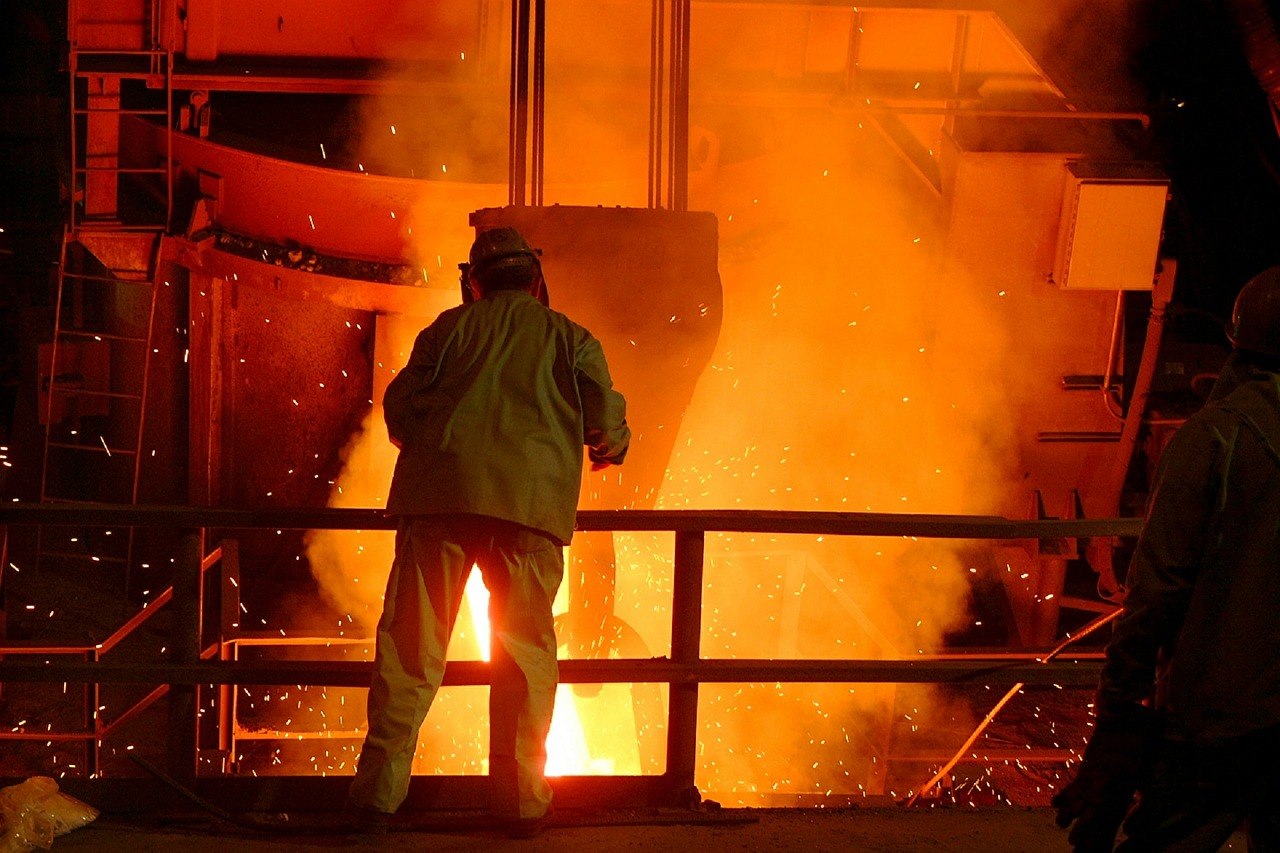Hydrogen-Heated Steel Proved to be Feasible in Ovako Testing

Ovako has tested out a novel method of heating metal alloy to 1200 degrees Celsius, using hydrogen instead of liquefied petroleum gas (LPG).
Ovako is a Stockholm-based steel-producing giant with billions of USD in annual revenue, ten production sites spread across the world, and over three thousand employees. For the conduction of the hydrogen heating tests, Ovako collaborated with “Linde Gas”, another big player in the global manufacturing industry.
The tests proved that heating steel with hydrogen doesn’t have an adverse effect on the quality of the end product, so Ovako is already exploring the possibility of incorporating hydrogen burners for furnaces located in their less critical rolling mills.
The conversion would be relatively easy, as LPG and hydrogen require the same fuel delivery, control, and injection systems. The reason for opting to use hydrogen is primarily to reduce the CO2 emissions of their production plants, which costs them many millions in fines. Moreover, hydrogen can potentially be cheaper than LPG, burns cleaner so it doesn’t leave residues that need cleaning up (maintenance), and generally reduces the wear in the burning systems.
Hydrogen doesn’t affect the quality of the steel, burns cleaner and therefore it’s more environmentally friendly, and can replace LPG without having to approve a massive investment for the shift.
Ovako estimated that even by following a tentative approach, they would save 20,000 tonnes of carbon dioxide within the first year. If all steel manufacturers follow this lead, this change alone would have significant effects on the slowdown of the greenhouse effect and the pollution of our already over-burdened planet.
Another benefit from having hydrogen being more massively produced would be the potential to boost its general availability, suddenly making the prospects of hydrogen-fueled cars a lot better than what it currently is. That said, this could be just a decisive step towards the eventual embracing of hydrogen as a fuel in many areas besides steel manufacturing.

 Tech Steel & Materials
Tech Steel & Materials